On the occasion of the celebration of International ADHD Day, the Isabel Corbacho Psychopedagogical Office shares its experience with the implementation of NeuronUP as a key tool in its neurocognitive rehabilitation sessions, and presents a clinical case of ADHD.
Introduction
Childhood neurocognitive rehabilitation is an increasingly relevant area within the clinical and educational field, as it allows effective intervention on different alterations of neurological development, learning difficulties or neurodevelopmental disorders. In this context, the incorporation of digital tools has profoundly transformed the way therapeutic interventions are designed and implemented, facilitating more dynamic, motivating and tailored approaches for each child.
One of the platforms most widely used today in this field is NeuronUP, a cognitive stimulation tool that allows you to work on multiple mental functions through customizable and playful activities. Its approach combines the advances in neuroscience, technology and the principles of evidence-based intervention, offering a safe, measurable and motivating environment for cognitive development.
Presentation of the Isabel Corbacho Psychopedagogical Office
Founded in 2018, the Isabel Corbacho Psychopedagogical Office has established itself as a reference in the care of children and adolescents with special educational needs, learning difficulties and neurodivergent profiles. Located in Ronda (Málaga), our center also serves nearby towns, offering a comprehensive and individualized model of intervention.
We have an interdisciplinary team made up of psychopedagogues, pedagogues, psychologists, specialists in language and speech therapy, as well as teachers with specific training in attention to diversity. This multidisciplinary approach allows us to address each case from a global, respectful and strength-based perspective.
Our philosophy is based on close support for families, the personalization of interventions, and the constant search for innovative strategies. To this end, we use intervention strategies grounded in evidence, including digital tools such as NeuronUP, which enable greater motivation, clinical monitoring and individualized adjustment of each treatment.

Subscribe
to our
Newsletter
Childhood cognitive rehabilitation with NeuronUP
Why we decided to work with NeuronUP
In our daily work, we faced a growing need: to have a tool that would allow us to design fully tailored interventions, flexible and motivating. NeuronUP emerged as the answer to this demand.
As Ríos Lago and Tirapu (2019) point out, neuropsychological rehabilitation programs should be designed based on three main pillars:
- Individualization: each child is unique.
- Structured repetition: essential to consolidate learning.
- Motivation: without emotional involvement there is no sustained progress.
NeuronUP meets these requirements, as it allows configuring sessions specific to each profile, selecting the level of difficulty, automatically recording results and dynamically adapting activities.
In addition, it offers a wide catalogue divided by cognitive areas, with different formats: interactive games, worksheets, daily life simulations, etc. This allows us to work from basic abilities such as attention and memory, up to higher executive functions such as planning or reasoning.
Benefits observed in our interventions
Since we began working with NeuronUP, we have observed significant improvements in the effectiveness of sessions, both from a therapeutic and motivational standpoint.
The main benefits include:
- Greater engagement and sustained attention during activities.
- Detailed progress tracking, which allows therapeutic goals to be adjusted in real time.
- Reduction of frustration in children with low error tolerance, thanks to the playful format and positive reinforcements.
- Possibility of mixed work: in-person and at home, involving families as active participants in the process.
- Versatility to intervene in diverse contexts: learning difficulties, developmental disorders, acquired brain injury, etc.
The fact that each activity has a clear cognitive objective allows us to therapeutically justify each step of the intervention and connect the sessions with the areas we want to strengthen, whether attention, memory, language, perception, logical reasoning, processing speed, etc.
Acceptance of NeuronUP by users
One of the most notable elements has been the great reception by the children. In their own words, “it seems like we are playing,” which greatly facilitates adherence to therapy and extended work in longer sessions. As Medina (2017) states, ‘you can only learn what you love’, and in therapeutic contexts this translates into positive experiences that generate meaningful learning.
The gamification component (use of game mechanics in non-game environments) turns each session into a pleasurable and attractive experience. Users feel like protagonists of their progress, and that increases their self-esteem and motivation.
Success case of the use of NeuronUP for the intervention of a child with ADHD
Below, we present a case that clearly illustrates the impact of NeuronUP in clinical practice.
Profile of the child
- Age: 10 years.
- Diagnosis: Attention Deficit Hyperactivity Disorder (ADHD).
- Difficulties: low sustained attention, impulsivity, difficulties in working memory and visual processing.
ADHD intervention plan
A personalized program was developed with weekly 45-minute sessions, in which specific NeuronUP activities were integrated. Sessions were structured with an initial activation phase, followed by a block of intensive cognitive stimulation, and concluded with a reflective closing phase.
The functions worked on included:
- Sustained and selective attention.
- Working and auditory memory.
- Visual discrimination.
- Processing speed.
- Inhibition of automatic responses.
Activities used in this ADHD intervention plan
Among the many NeuronUP activities, we highlight:
- Kick the Ball, an activity to work on inhibition, processing speed and sustained attention. In this game, children have to press only when the indicated ball appears.
- Orchestra Conductor, an activity to train episodic memory and auditory gnosias. It consists of identifying the instruments heard and reproducing them in order.
- Animal Pairs, an activity focused on episodic memory, working memory and selective memory. With this game, children must find the pairs among a set of face-down cards.
- Find the Different Picture, aimed at processing speed and selective attention. These worksheets consist of marking the different image in a series.
- Search and you will find!, an activity for selective attention. This game consists of searching for a series of elements within a set.
- Among many others.
In the attached image you can see the child performing the activity Search and you will find!, one of his favorites. This dynamic allows him to work on multiple cognitive skills simultaneously, in an environment he perceives as fun and non-invasive.
Conclusion and final reflections
The incorporation of NeuronUP into our daily practice has meant a qualitative leap in the way neurocognitive interventions are designed and carried out.
It has allowed us to:
- Further personalize our sessions, adapting them to the cognitive profile of each user.
- Accurately assess and monitor the evolution of each function in real time.
- Increase motivation, engagement and continuity of therapies.
- Integrate families through complementary home sessions.
- Favor a model of more flexible, up-to-date and evidence-based intervention.
From our center, Isabel Corbacho Psychopedagogical Office, we firmly believe in the value of combining the human and the technological, always from an ethical, respectful perspective focused on the well-being of each child. NeuronUP does not replace the clinical gaze or the therapeutic bond, but it does enhance our tools and multiply the opportunities for improvement.
In a world in which more and more children present difficulties related to attention, memory or information processing, having effective digital resources is not just an advantage: it is a necessity.
Bibliography
- Chacón-Borrego, M. J., Gilar-Corbí, R., & Castejón, J. L. (2020). Intervención en funciones ejecutivas mediante plataformas digitales en el ámbito educativo. Revista Electrónica de Investigación Psicoeducativa, 18(2), 1-20.
- Medina, J. (2017). Neuroeducación: solo se puede aprender aquello que se ama. Buenos Aires: Siglo XXI Editores.
- Ríos Lago, M., & Tirapu-Ustárroz, J. (2019). Rehabilitación neuropsicológica: principios y fundamentos. Madrid: Editorial Síntesis.
If you enjoyed this article about how NeuronUP transforms childhood cognitive rehabilitation, you will likely be interested in these NeuronUP articles:
“This article has been translated. Link to the original article in Spanish:”
Cómo NeuronUP transforma la rehabilitación cognitiva infantil: Caso de éxito de Isabel Corbacho
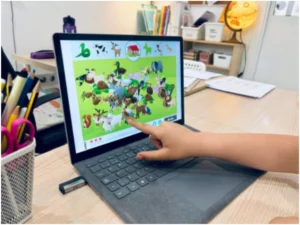
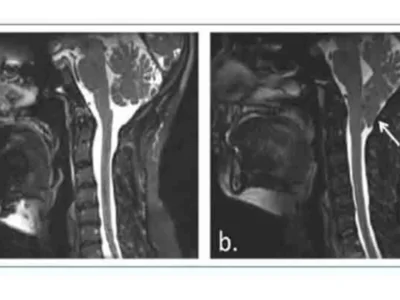
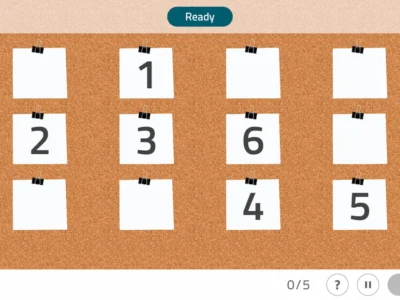
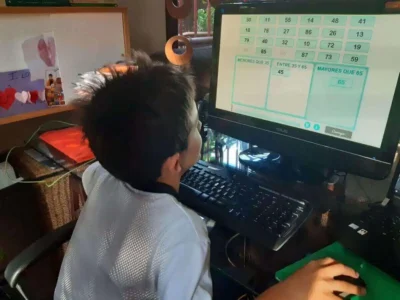


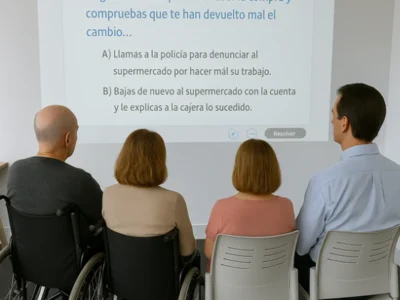
 NeuronUP Assessment is born! The new assessment product
NeuronUP Assessment is born! The new assessment product
Leave a Reply